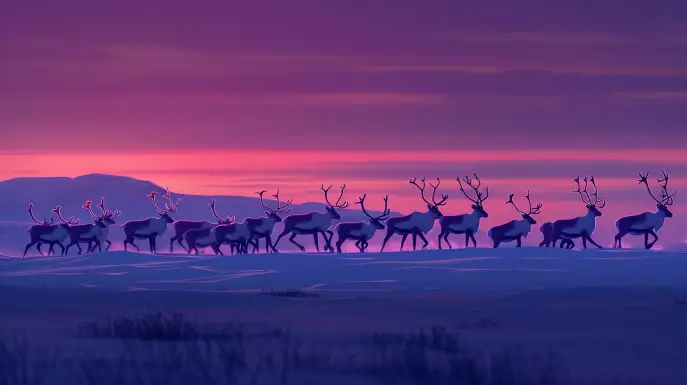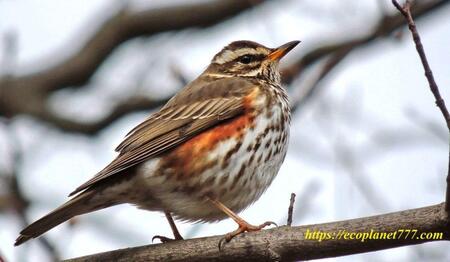The nature of the tundra is unique, as are the animals of the tundra that live there. Despite the harsh conditions, you can meet a great variety of a wide variety of animals there. They were able to adapt to the wild nature of the tundra and are distinguished by a large number of species.
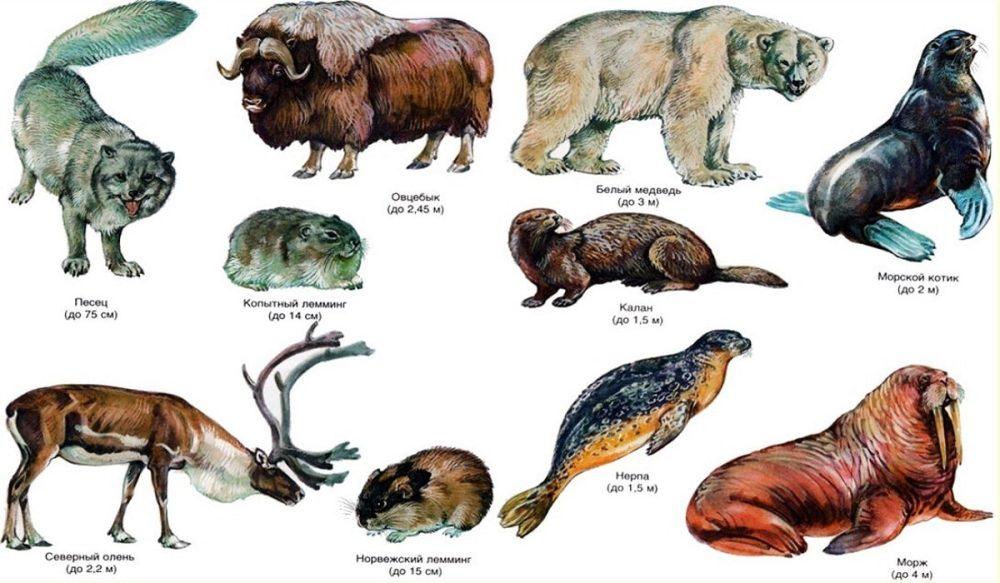
Harsh beauty is hidden in the boundless nature of the tundra. Strong winds and low temperatures have influenced the formation of vegetation in such a way that there are almost no forests, but moss, lichen and perennial grasses are often found.
Short summers and long winters, a huge amount of snow and polar nights of the tundra – all this, it would seem, is not at all suitable conditions for life, but despite the harsh climate, tundra animals have adapted and live there for a long time. Some of these animals are on the verge of extinction and are listed in the Red Book.
Representatives of mammals of the tundra:
Polar fox or Arctic fox
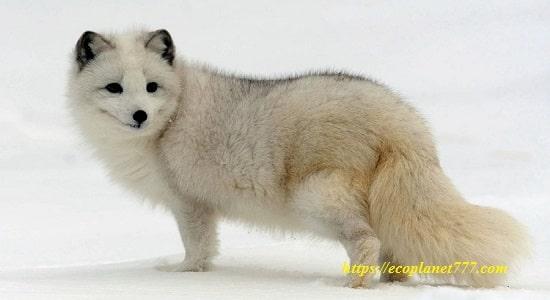
This animal eats both plant and animal food. Usually leads a solitary lifestyle and lives in groups only during the mating and breeding season. The animal perfectly adapted to the harsh conditions of the tundra, is distinguished by a warm and white fur coat, which helps it to be invisible on the snowy white cover.
Reindeer
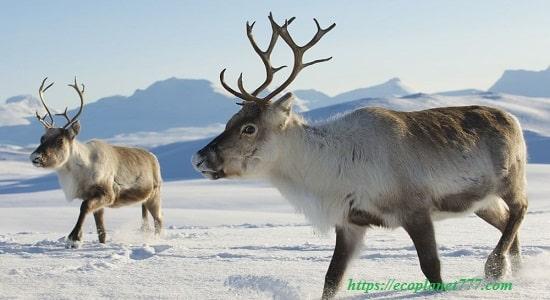
In winter, the main diet of the animal is moss moss, this is his favorite delicacy. In summer, the reindeer feeds on a variety of vegetation, berries, and mushrooms. It lives in large herds and leads a nomadic lifestyle. Thanks to the warm thick coat, the animal was able to easily adapt to the harsh frosty conditions of the tundra.
Lemming

It is the most common animal in the tundra and survives on its successful breeding ability. All summer long he stocks up on food for the winter, which he then has to dig up. The animal of the tundra constantly leads an active lifestyle. It feeds on seeds, roots and leaves. It occupies an important place in the food chain, because. is food for many animals of the tundra. Therefore, the survival and number of small predators directly depends on its quantity.
Muskox
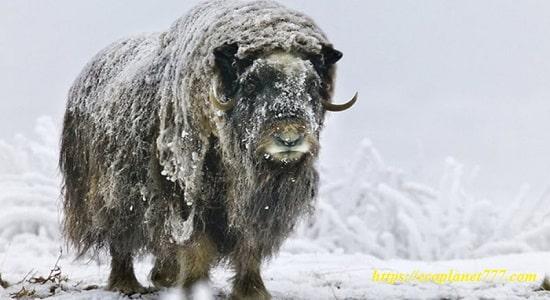
The formidable and powerful animal of the tundra is the musk ox. It has such a name for a reason, because. in appearance it resembles both sheep and bulls. It feeds on a variety of vegetation that it can find under the snow. It lives in large herds, which helps them better protect themselves from predatory animals. The animal adapted to the harsh conditions of the tundra thanks to its long, warm and thick coat.
Gopher

An unusual animal that lives in the expanses of the tundra. It communicates with the help of certain sounds – whistles, with which it warns its relatives about the approaching danger. A rather thrifty animal, it feeds on a variety of plant foods and seeds. It has adapted to life in difficult conditions due to its organization, good breeding ability and the ability to quickly hide.
Polar Wolf
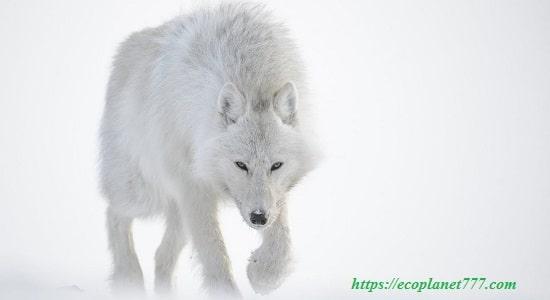
The usual food for the wolf is young, not yet strong animals of the tundra, as well as all the weak, old and sick. The main diet consists of hares and musk oxen. They live in packs of several individuals, led by a leader. They can pursue prey for quite a long time, overcoming huge distances. The body of the animal is covered with thick, white hair, which makes it almost invisible to its prey.
Wolverine
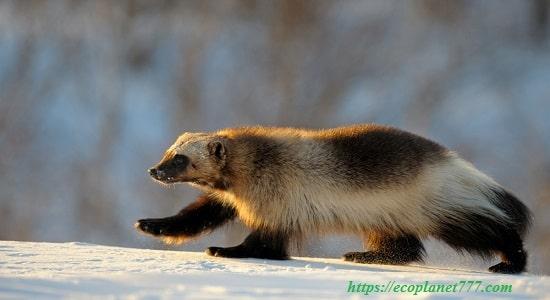
The wolverine is a powerful tundra animal that resembles a small bear, but is actually the largest member of the mustelid family. Prefers a solitary lifestyle. Eats a variety of foods, but prefers meat, because. is an excellent predator. It hunts small rodents, but sometimes it can attack large weak animals. During a shortage of food, it does not disdain even carrion. The animals have thick, attractive fur that once made them a prime target for hunters.
Ermine

Ermine only at first glance seems sweet and gentle, in fact, it is a predatory animal of the tundra, preying on small rodents, bird eggs, fish and hares. The white, warm fur coat of the animal brought him both benefit and harm. On the one hand, this is an excellent disguise in the conditions of a permanent snow-covered tundra, which helps it to remain unnoticed for a long time, but on the other hand, it is because of this fur coat that this animal was pursued and destroyed by hunters for a long time. Today, the ermine is listed in the Red Book as endangered.
Polar hare
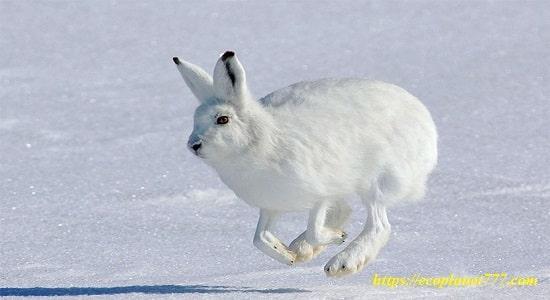
Tundra herbivores feed on woody plants, mosses and lichens, which they can find in the snow in winter. In other seasons, hares eat buds, berries, leaves, roots, and bark. They live both alone and in groups of several individuals. These animals do not hibernate, but survive the freezing cold through a series of behavioral and physiological adaptations. They have thick fur and a low surface area to volume ratio that retains body heat, which is most noticeable in their stubby ears. Animals sometimes dig shelters in the snow and gather together to keep warm. Polar hares survive thanks to their unique ability to run fast and jump long distances, and their white coat color helps them go unnoticed for a long time.
Polar bear
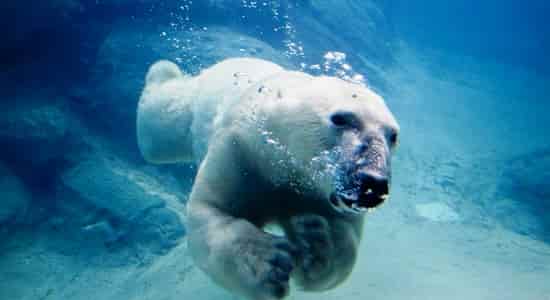
The favorite food of polar bears is seals, they also feed on walruses and carcasses of dead whales. These animals of the tundra appear white; however, their fur is actually almost completely transparent, and the skin under the fur is black. Thanks to this feature, they perfectly absorb sunlight and retain body heat. Like many tundra animals, polar bears have short ears to minimize heat loss. They lead a mostly solitary lifestyle, converge only for the period of mating and reproduction, after which the female herself takes care of her offspring.
Brown bear
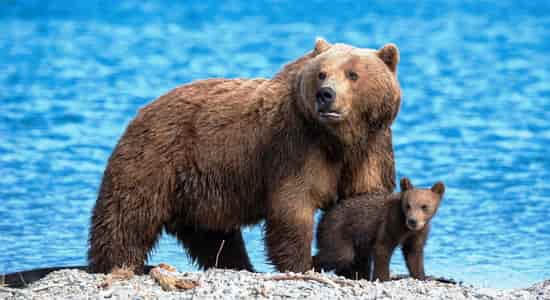
Regarding their diet, brown bears are typical omnivores. Most of their food is of vegetarian origin.In the spring, the animals graze like cattle for lack of better food in the harsh conditions of the tundra. But they can also feed on insects, birds nesting on the ground, small rodents and ungulates of all sizes. Brown bears do not reject carrion. Having gained the necessary fat reserves, they hibernate in winter. Warm thick coat, unpretentiousness in food and winter sleep provide the animal with excellent survival in the harsh conditions of the tundra.
Red (common) fox

A predatory animal, which is characterized by an unusually thick and bright red color and a long, fluffy tail. Mice, voles, and rabbits make up the bulk of the diet of tundra foxes, as well as eggs, fruit, poultry, and fish, but the animals also readily eat other available food, such as carrion, for example. Plant foods also have a place in the diet of animals, mainly plant shoots and berries. Red foxes mate during the winter, often giving birth in a den, which is usually a burrow abandoned by another animal.
Snow sheep
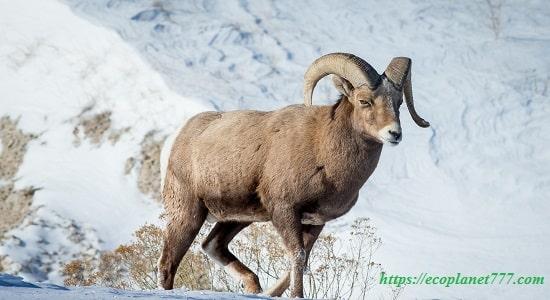
In all seasons, these animals feed on available grass, seeds and plants of the tundra. They regurgitate food to chew it like cud and then swallow it for final digestion. Rams live in bachelor groups, while females live in herds with other females and their young offspring. When the autumn mating comes, the rams gather in large groups, and the fights between the rams escalate. Usually only stronger and older rams (with big horns) can mate. Fighting for dominance and the right to mate, males face each other with great force. The loud clatter of horns echoes across the tundra as the confrontation is repeated, sometimes for many hours, until one animal gives up and leaves.
Representatives of marine mammals of the tundra
Killer whale
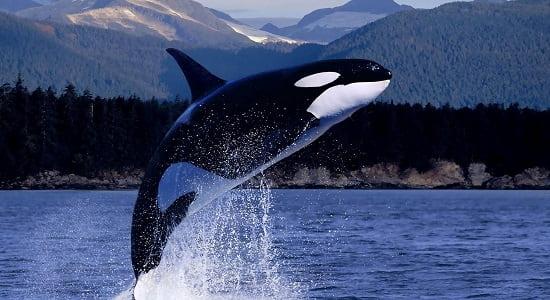
Killer whales are one of the largest animals in the world and belong to the dolphin family. Highly intelligent and distinguished by their black and white coloration, these magnificent animals are extremely dangerous. They are well adapted to life in the cold climate of the tundra. They have layers of insulating fat and their diet allows them to easily survive under the ice. Killer whales are the main marine predators, the diet of animals is the most diverse, from schools of small fish to large baleen whales, twice their own size.
Sea lion
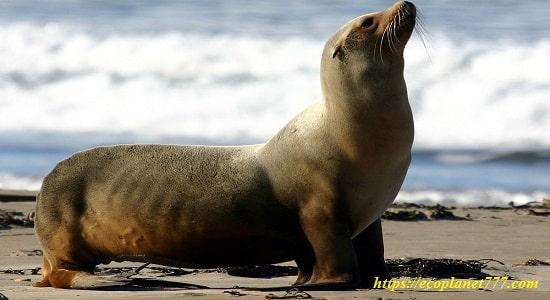
Sea lions are brown-bodied animals that like to communicate loudly, move on land with their large flippers and have visible auricles. They are often confused with seals, although they have significant differences.So, sea lions have small auricles, while true seals do not have external ears at all. Sea lions are noisy animals, seals are quieter, making sounds with soft grunts. Sea lions are often solitary in the wild, coming ashore together only once a year to meet and mate.
Seal
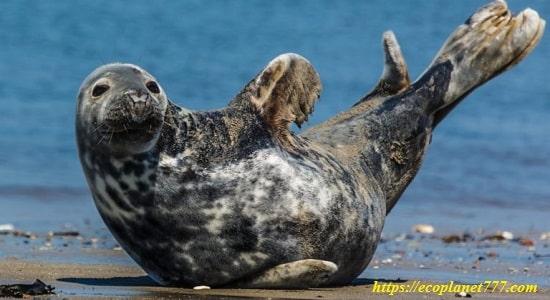
Seals are carnivores and, depending on the species, eat fish, squid and krill. They can dive to depths of more than 600 m in search of food and have specially adapted eyes for underwater vision in low light. While under water, animals call to each other and communicate with each other using special signals. On land, they form nesting groups or colonies, where they hide from predators and breed. During the breeding season, competition between males intensifies, so they do not leave their territory in search of food. Instead, they rely on fat stores. Seals are well adapted to the cold conditions of the tundra thanks to thick layers of blubber that act as food stores and insulation. Most seals also have a layer of fur to provide additional insulation on dry land.
Beluga whale
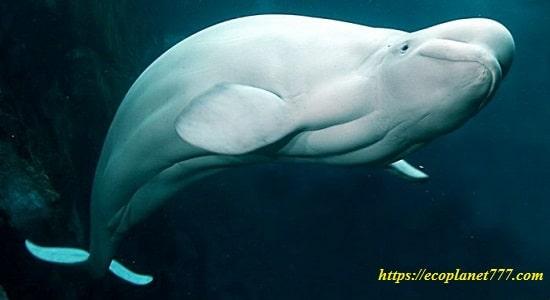
Beluga whales feed on fish and crustaceans. These animals are also called white whales because of their unusual light coloration. The young are born gray or even brown, and become white only after reaching sexual maturity at about five years of age. They usually live together in small groups known as packs. They are social animals, using a variety of clicking and whistling languages to communicate.They often fall prey to polar bears and killer whales.
Walrus
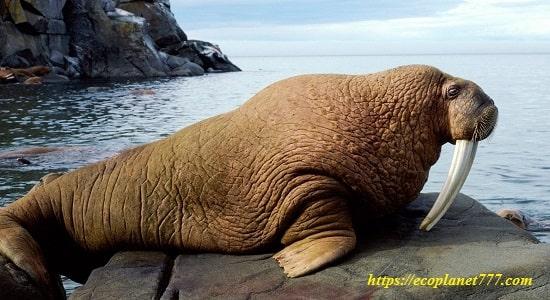
These marine mammals are extremely sociable, but show aggression during the mating season. They are distinguished by wrinkled brown skin, huge white tusks, long whiskers and huge bodies full of fat. Male walruses use their tusks aggressively to maintain territory and during the mating season to defend their harems. The favorite food of walruses is shellfish. Their fatty bodies allow them to live comfortably in the harsh tundra region, walruses are able to slow down their heartbeat to withstand the low temperatures of the surrounding waters.
Representatives of tundra birds
White Owl
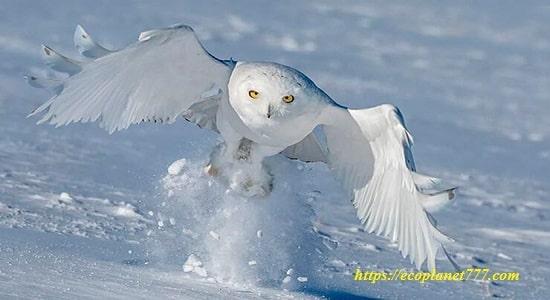
Snowy owls feed on small tundra rodents, including lemmings and voles. Hares are also a product of their diet. These owls may prey on other bird species and consume their eggs. They have a characteristic thick layer of feathers on their body as well as on their legs, which allows them to easily survive in the tundra.
Ptarmigan
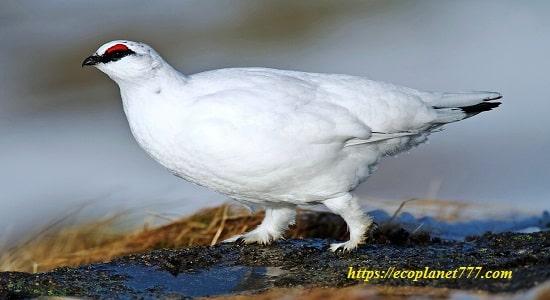
Adult partridges feed on leaves, flowers, berries, buds, twigs, and other types of tundra vegetation. Young partridge chicks are fed insects in addition to vegetation. Birds molt several times a year and at the same time change color. They are mottled brown during the summer months, shedding their brown plumage to almost pure white in winter.
Tundra swan
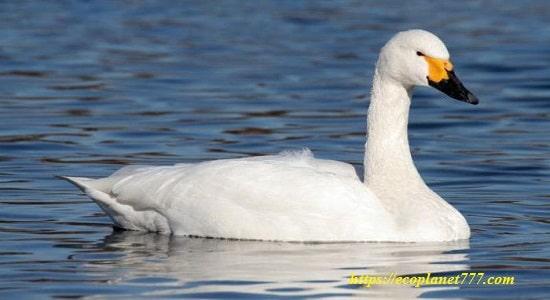
These large tundra birds feed on aquatic plants, tubers and roots by submerging their heads underwater. They gather in huge flocks for mating, and they breed in single pairs dispersed across the tundra. The females usually lay about four eggs and incubate them for 32 days while the males guard the nest. Young chicks at this time are reliably protected from the cold and predators, because. fathers skillfully drive them away with large flapping wings and special sounds.
Common loon
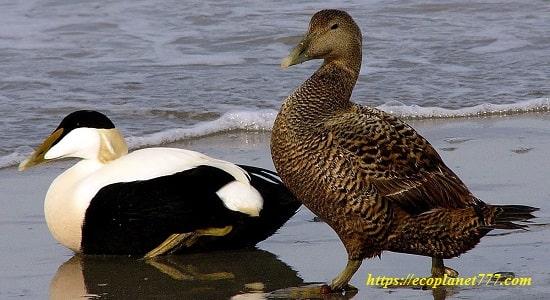
Most of the prey of the common loon is fish, which it catches under water. The loon has sharp, backward-pointing projections on the palate and tongue that help it hold slippery fish firmly. Loons are waterfowl of the tundra, coming ashore only to mate and incubate eggs.
Snow bunting
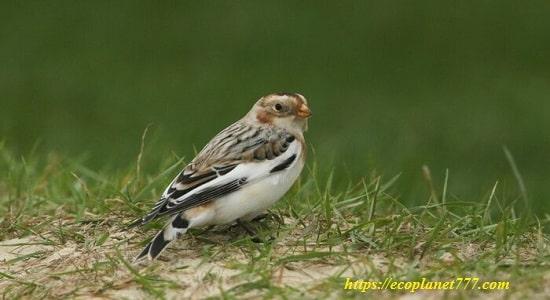
It is a hardy bird that breeds in the frozen tundra in sub-zero temperatures. One of the most obvious adaptations of the snow bunting to extreme conditions is its coloration.Like the snowy owl, polar hare, arctic fox, polar bear, and partridge, its mostly white coloration serves as effective camouflage in the open, snowy tundra habitat. Snow buntings also have ankle feathering, an adaptation that provides extra warmth in harsh conditions. Male snow bunting feed their females in the nest, allowing the female to constantly protect her eggs from the cold. They feed on various seeds and buds, as well as insects and other small invertebrates, including small marine crustaceans in coastal areas.
Sterkh (white crane)
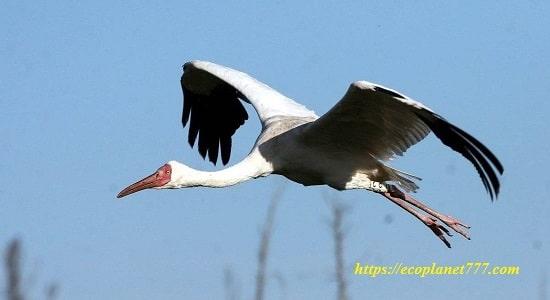
The White Crane feeds on cranberries, rodents, fish and insects. During migration and wintering, cranes dig up roots and tubers from wetlands of the tundra. Their plumage is white, except for the tips of the wing feathers, which are black. Birds nest in wetlands of the lowland tundra. These are the most aquatic species of cranes, preferring open shallow freshwater expanses with good visibility in all directions. They are under the threat of extinction, because. their numbers are rapidly declining.
Tundra Horned Lark

Horned larks are widespread songbirds of fields, deserts, and tundra, where they feed on seeds and insects. The most distinctive physical characteristic of horned larks is the pair of tufts of black feathers on the top of their head. The bundles look like small horns.
Pink seagull
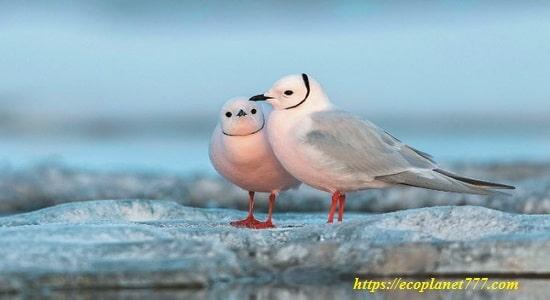
The graceful pink gull lives far in the far north, breeding in the arctic tundra.It feeds on small fish and insects, even probing algae under the ice. Characterized by its unusual pink plumage and blue wings. Despite their small size, these birds have perfectly adapted to the cold snowy tundra. Listed in the Red Book of Animals, it needs special protection and protection.
Conclusion
Tundra animals are unusually diverse and unique. Many of them live only in this particular area and are not found anywhere else. Most of them have their own characteristics that help them survive in the unusually cold, harsh conditions of the tundra. Some animals are listed in the Red Book as being on the verge of extinction.
P.S.
If you liked and found this information useful, please share it on social media. networks with your friends and acquaintances. This is how you support our project “Ecology of Life” and make your contribution to the preservation of the environment!
- Magnetic storms: the sun is testing the planet🌪️ - 13.06.2024
- Why You Should Drink Chicory: Benefits and Harms 🌿 - 09.06.2024
- Innovative Choice: Sproud Milk – Your Ideal Plant-Based Drink 🌱 - 03.06.2024
